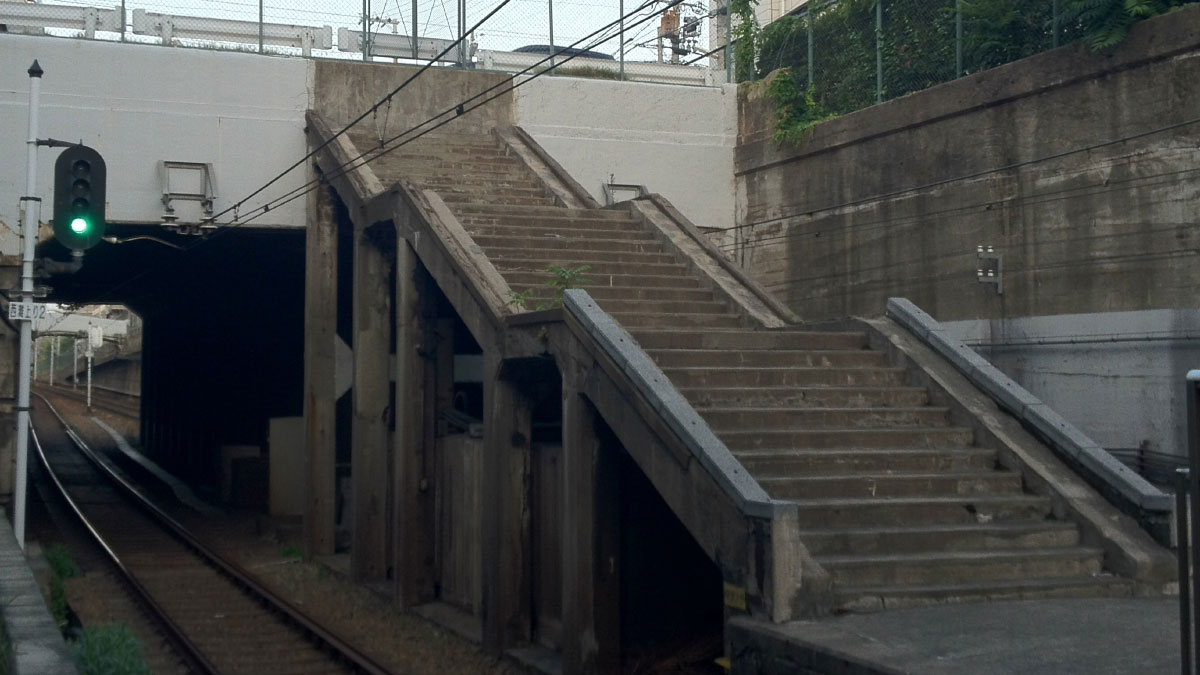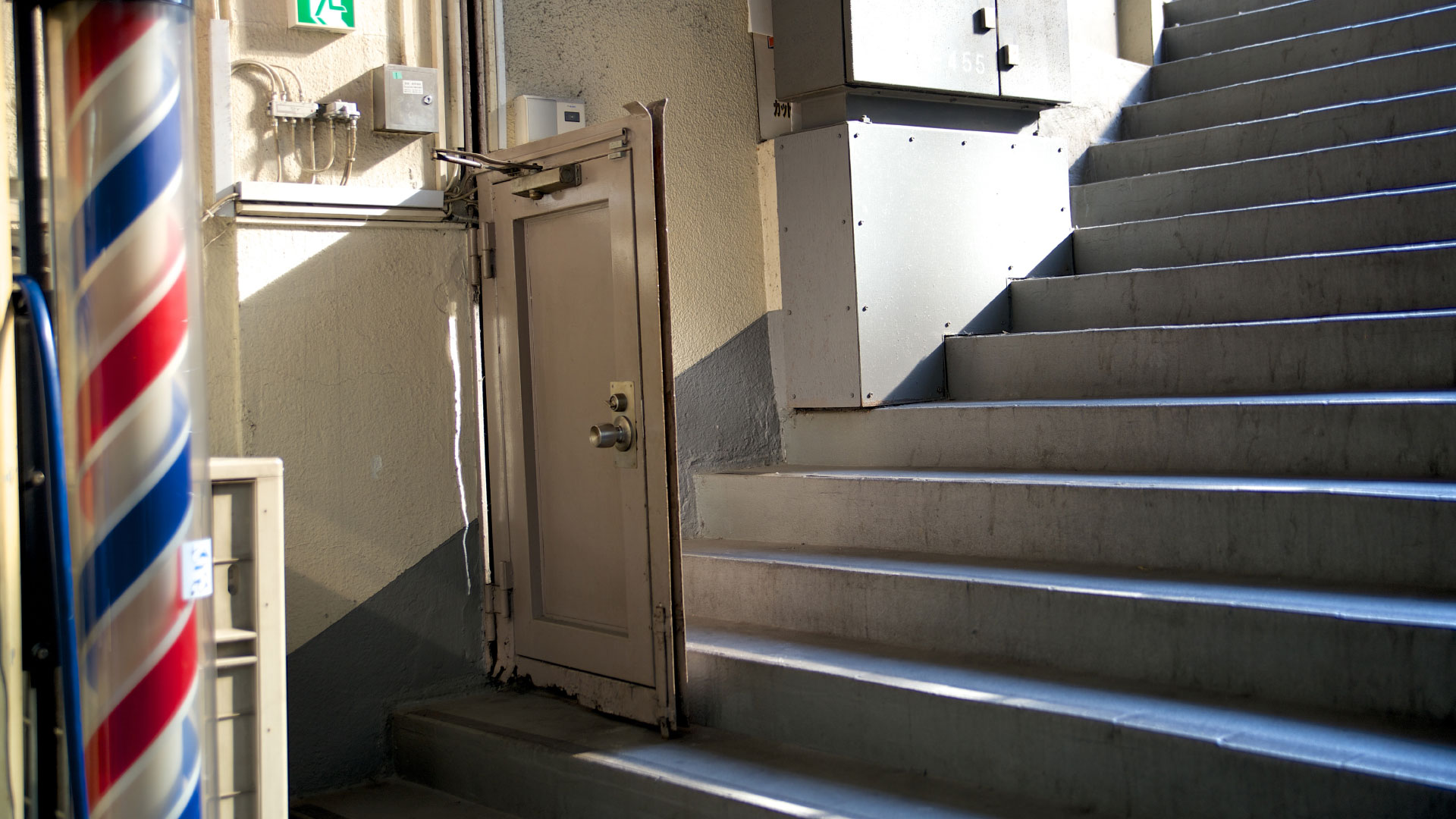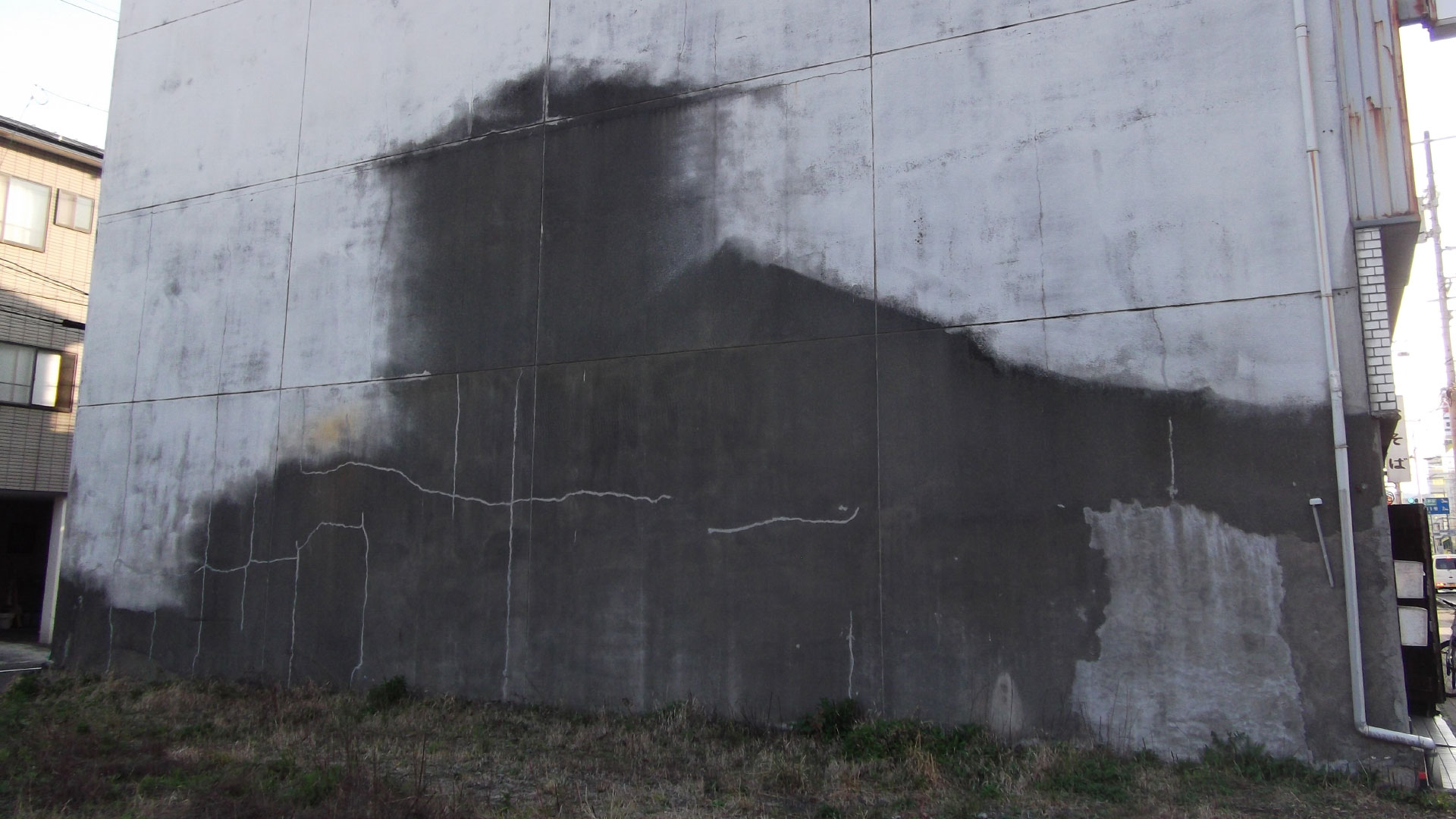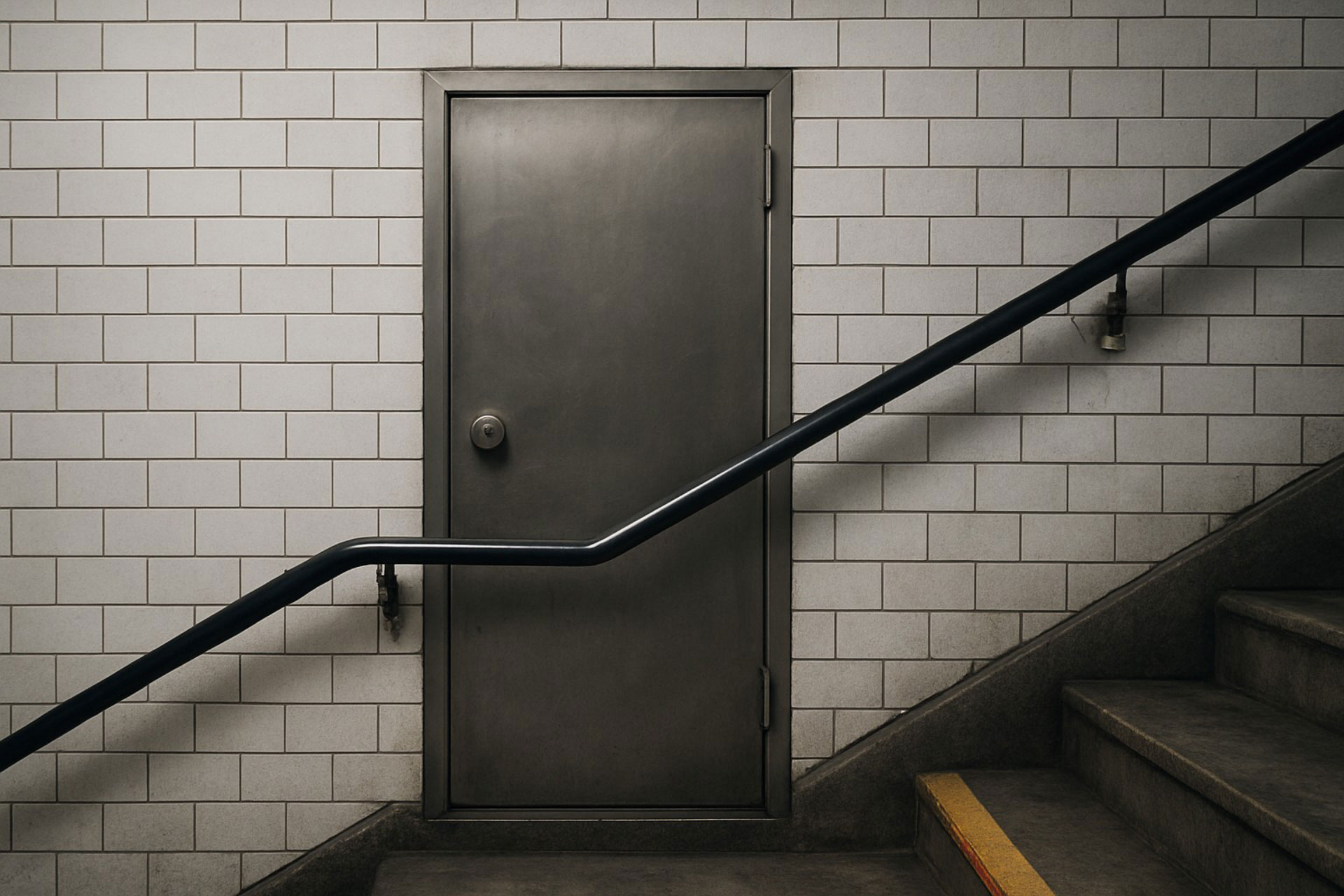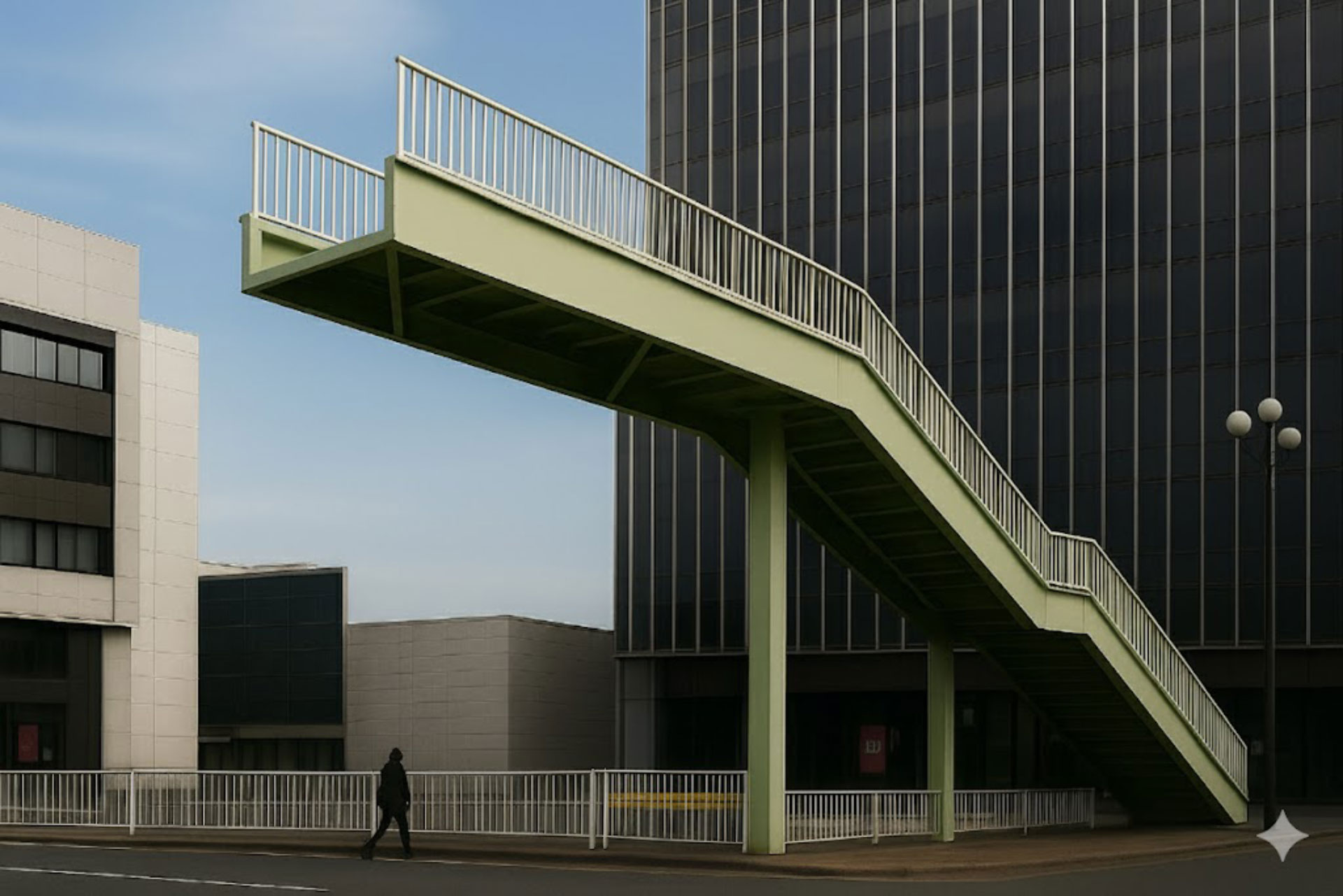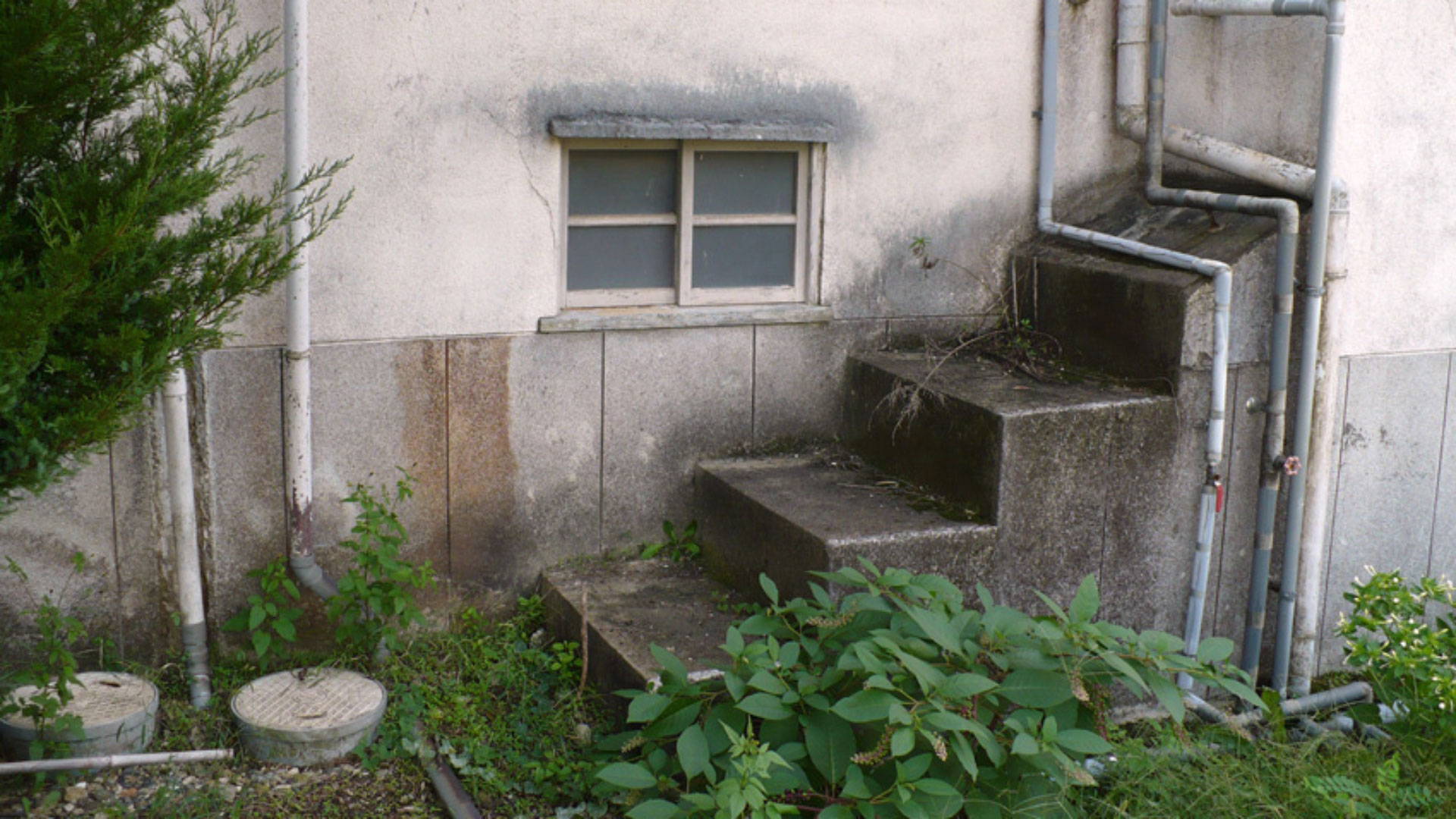In our cities, hidden in plain sight, there are monuments to nothingness that are like architectural scars, relics that, despite their absolute uselessness, remain with an almost poetic stubbornness. Japanese artist Genpei Akasegawa christened these urban ghosts “Thomasson”.
The choice of name is already a sign of ingenuity and, above all, humour: baseball player Gary Thomasson was a star signing who is remembered for the huge salary he received during the last two years of his career in Japan (1981 and 1982), while remaining on the bench, useless to his team, with a record accumulation of “strikeouts” — the elimination of a batter from the game for failing to hit the ball.
Therefore, that staircase leading nowhere, that balcony without a door, or that boarded-up window that still retains its frame, became Thomassons, and Akasegawa elevated them to the status of art. Art by choice, not by creation, art that becomes such when it is found, pointed out and fixed, not created. An art that forces us to question the purpose of things and to find a strange, almost melancholic beauty in their absurdity.
Since Akasegawa, searching for Thomassons has been a unique and rewarding experience. It transforms a mundane walk into a hunt for conceptual architectural treasures that become art before our eyes. You just have to look carefully. Perhaps you will see a solitary handrail anchored to a wall where there used to be a ramp, or the spectral outline of a sealed door in a concrete wall, or a doorway that refuses to cease being a doorway even though it leads nowhere.
By Manolo Barberá, senior hydraulic modeller in the Architecture Department at Amusement Logic


